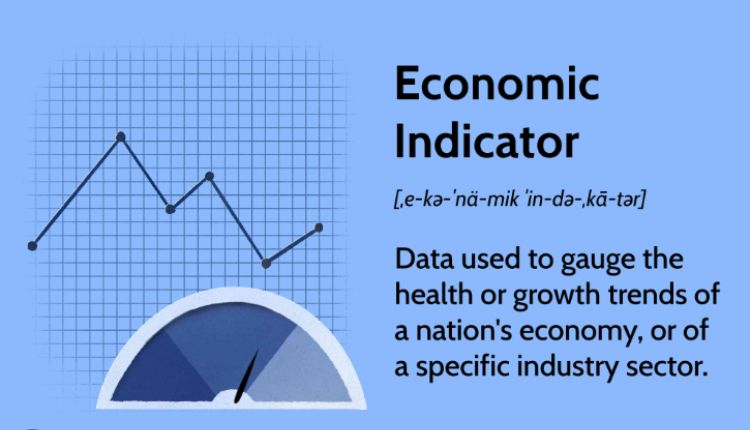Navigating The Decade: The Ten-Year Treasury And Its Impact On The Financial Landscape
The Ten-Year Treasury Note, issued by the United States Department of the Treasury, plays a crucial role in the global financial market. As a benchmark for interest rates and a safe-haven investment, its movements influence various sectors of the economy. Over the past decade, the Ten-Year Treasury has experienced significant fluctuations, presenting opportunities and challenges for investors and policymakers alike. In this article, we will explore the historical significance of the Ten-Year Treasury, its impact on the financial landscape, and the potential implications for the future.
Historical Perspective: The Evolution Of The Ten-Year Treasury
To understand the significance of the Ten-Year Treasury we must delve into its historical roots. Dating back to the early 20th century, the U.S. government introduced the Ten-Year Treasury as a way to finance public spending and control interest rates. Over the years, it has evolved into a critical tool for measuring investor sentiment and market stability. By examining its historical patterns, we can gain insights into how it has weathered economic crises and shaped financial decisions.
The Role Of The Ten-Year Treasury In Financial Markets
The Ten-Year Treasury has a pivotal role in financial markets. As a benchmark for interest rates, it sets the standard for borrowing costs across various sectors, including mortgages, corporate debt, and consumer loans. Investors closely monitor its yield as an indicator of economic health and inflation expectations. Furthermore, it serves as a risk-free asset option for investors seeking safety during times of market uncertainty. This article will explore how its performance influences the decisions of investors, traders, and policymakers.
Impact On Investments And Asset Allocation
The performance of the Ten-Year Treasury significantly affects investment strategies and asset allocation. During periods of low interest rates, investors may flock to riskier assets seeking higher returns, leading to asset bubbles. Conversely, during times of economic downturns or uncertainty, investors often shift their portfolios towards safer assets, causing an increased demand for Treasuries. Understanding these dynamics is crucial for investors aiming to strike the right balance between risk and reward in their investment portfolios.
Monetary Policy And Federal Reserve Actions
The Federal Reserve, as the central bank of the United States, closely monitors the Ten-Year Treasury’s movements. Its interest rate decisions, influenced by economic indicators and inflation targets, can impact the yield curve and the overall economy. This article will analyze the interplay between Federal Reserve policies and the Ten-Year Treasury, and how these actions can shape economic growth, employment levels, and consumer spending.
Global Significance And International Implications
The Ten-Year Treasury’s importance extends beyond U.S. borders. Due to its safe-haven status, global investors seek refuge in U.S. Treasuries during international financial crises, leading to significant capital flows. The article will explore how these global dynamics affect exchange rates, interest rates in other countries, and the stability of the global financial system.
Conclusion:
The Ten-Year Treasury remains a linchpin in the world of finance, impacting investment decisions, interest rates, and monetary policies. Its historical evolution and global significance underline its enduring relevance. As we navigate through the ever-changing economic landscape, understanding the implications of the Ten-Year Treasury’s movements will continue to be essential for investors, policymakers, and economists.
FAQs:
- How is the yield of the Ten-Year Treasury determined?
The yield of the Ten-Year Treasury is influenced by a variety of factors, including economic indicators, inflation expectations, and demand for safe-haven assets. When demand for Treasuries rises, their prices increase, leading to lower yields. Conversely, when demand falls, yields rise to attract investors. The Federal Reserve’s monetary policies and interest rate decisions also play a significant role in shaping Treasury yields.
- What are the risks associated with investing in the Ten-Year Treasury?
While the Ten-Year Treasury is considered a relatively safe investment, it is not without risks. One significant risk is inflation, as rising inflation can erode the purchasing power of fixed interest payments. Additionally, changes in interest rates can lead to fluctuations in the value of existing Treasury holdings. Understanding these risks is crucial for investors looking to include Treasuries in their portfolios



